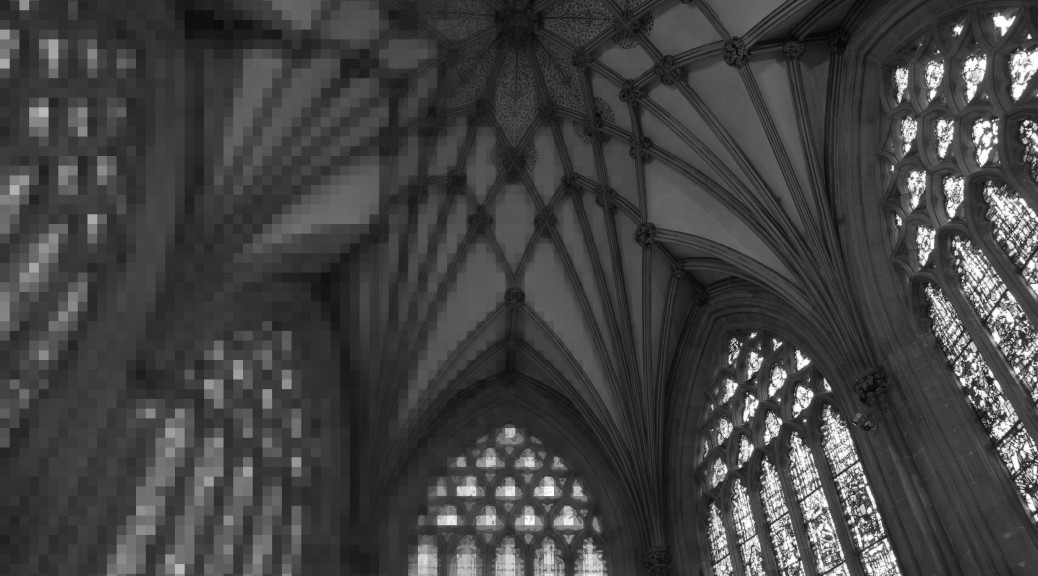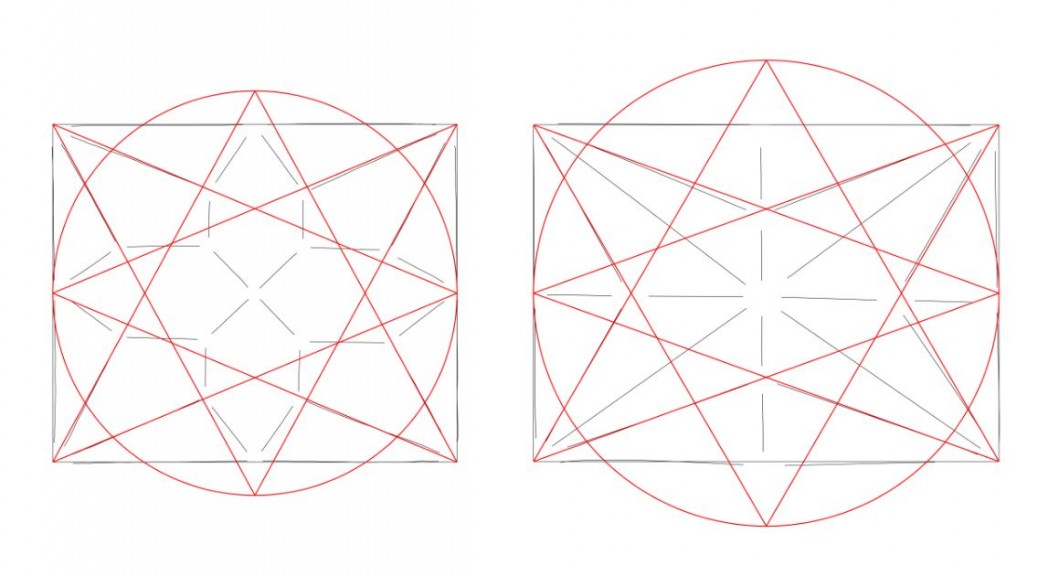On Saturday 8th April, we presented a paper to the 4th Annual Conference of the Construction History Society, which took place in the congenial surroundings of Queens’ College, Cambridge. Robert Willis argued that Queens’ was a perfect example of a medieval college, although we were meeting in the more modern buildings on the other side of the Cam, reached by the famous ‘Mathematical Bridge’, designed by James Essex, who also worked on the lantern of Ely Cathedral which we scanned last year. The medieval fabric of Queens’ includes a beautiful example of a lierne vault in its gate-house – perhaps a future scanning project?
Our paper ‘Tracing Tiercerons: an evaluation of the significant properties of thirteenth and fourteenth-century tierceron vaults in England’, is available here: https://livrepository.liverpool.ac.uk/3006059/.
It was good to catch up with old friends, including Santiago Huerta, and to hear the latest news from our friend David Wendland’s project ‘Design Principles in Late-Gothic Vault Construction’ ). On this occasion, Dr Wendland presented with his collaborator Frédéric Degenève, one of the stonemasons working at Strasbourg Cathedral. Their paper ‘How to order fitting components for looping ribs: Design procedures for the stone members of complex Late Gothic vaults’ was a fascinating reconstruction of the methods used to prepare the voussoirs and bosses required by geometrically complex vaults such as the ‘Hall of Arms’ in the Albrechtsburg Meissen, built in 1521 by Jakob Heilmann. Wendland’s digital analysis of such vaults has demonstrated that all the ribs are formed using circular arcs in three dimensions. In this paper, he provided a convincing explanation of how the essential information could be transferred from the tracing floor to the block of stone using copper templates, ‘baivels’ (or square edges) and a rod to record key dimensions. The proposed method has been tested by and found to meet all the stonemason’s requirements, without any need for stereometric projections.
It was also useful to have the opportunity to meet and discuss our project with others who have also used digital recording methods, including Elizabeth Shotton, from Trinity College, Dublin, who shared her Irish Research Council funded project Minor Harbours, which has used digital methods to identify and analyse changes to the smaller Irish harbours over time.
The full conference programme is available here: http://www.arct.cam.ac.uk/Downloads/fourth-annual-chs-conference-programme.pdf and proceedings are available in print from the Construction History Society.


